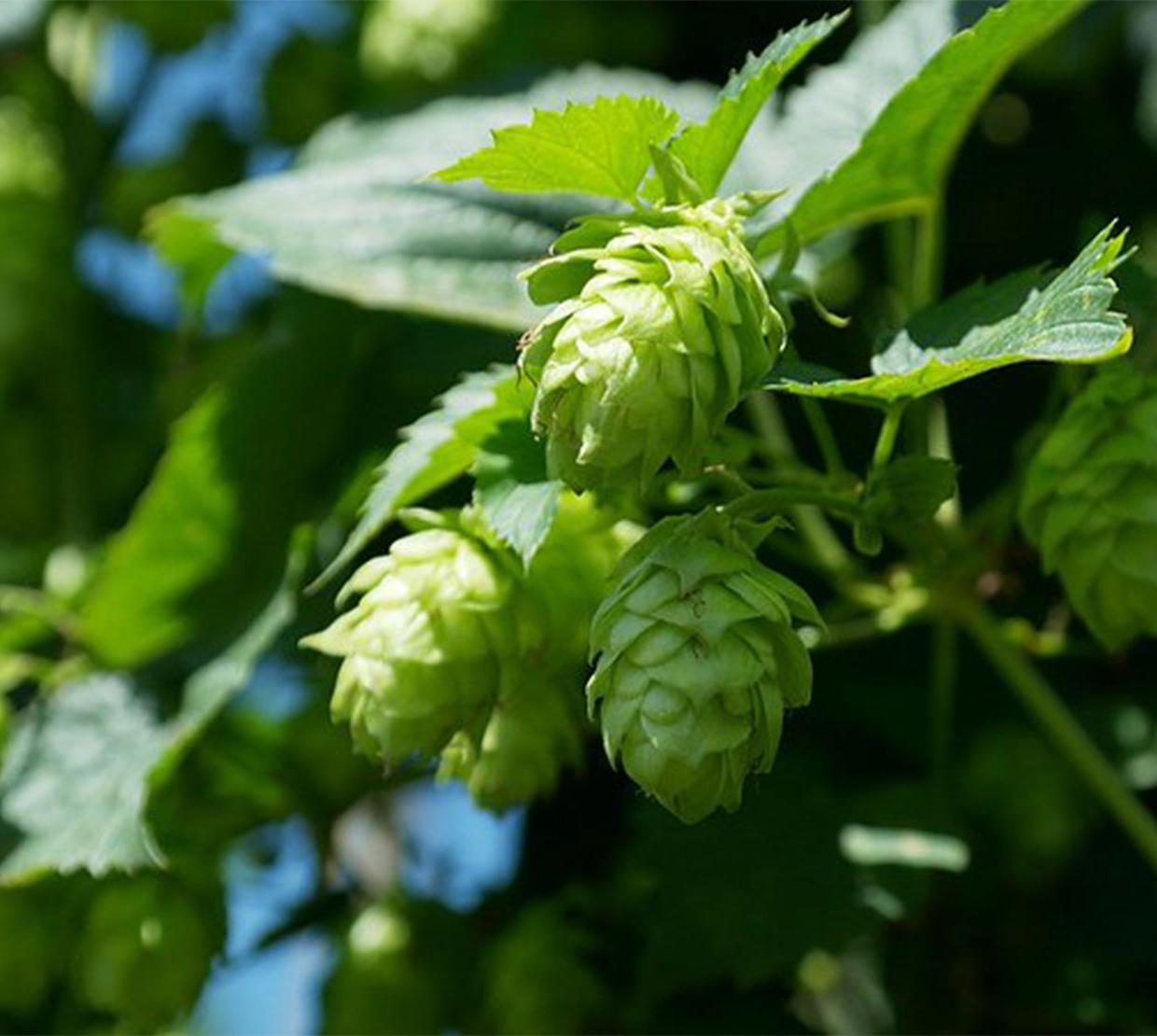The health-enhancing performance of a compound found in hops is dependent upon its interactions with intestinal microorganisms, new research by Oregon State University shows.
Understanding how xanthohumol, often abbreviated as XN, works is important for unlocking its potential to counter diet-induced obesity and the health risks associated with a global obesity epidemic, including type 2 diabetes and liver and heart disease, researcher Adrian Gombart says.
“We showed that the gut microbiota are necessary for the beneficial effects of XN on glucose metabolism,” said Gombart, professor of biochemistry and biophysics in the OSU College of Science and a principal investigator at the university’s Linus Pauling Institute. “There is an important interaction between the compound and the microbes in the gut that provides the benefits we see in our studies with mice.”
Gombart led a team of 20 scientists from three Oregon State colleges in research that compared the glucose metabolism effects of xanthohumol on two sets of mice: “conventional” ones with gut microbiota, and those engineered to be “germ free,” i.e. have no gut microbes.
Glucose metabolism, the body’s ability to convert the sugar into fuel, generally suffers impairment as someone becomes obese, which in turn can lead to the person becoming more overweight. Faulty glucose metabolism also negatively affects brain physiology and is at the root of multiple medical conditions including diabetes and heart disease.
Read complete article: beav.es/UU5




